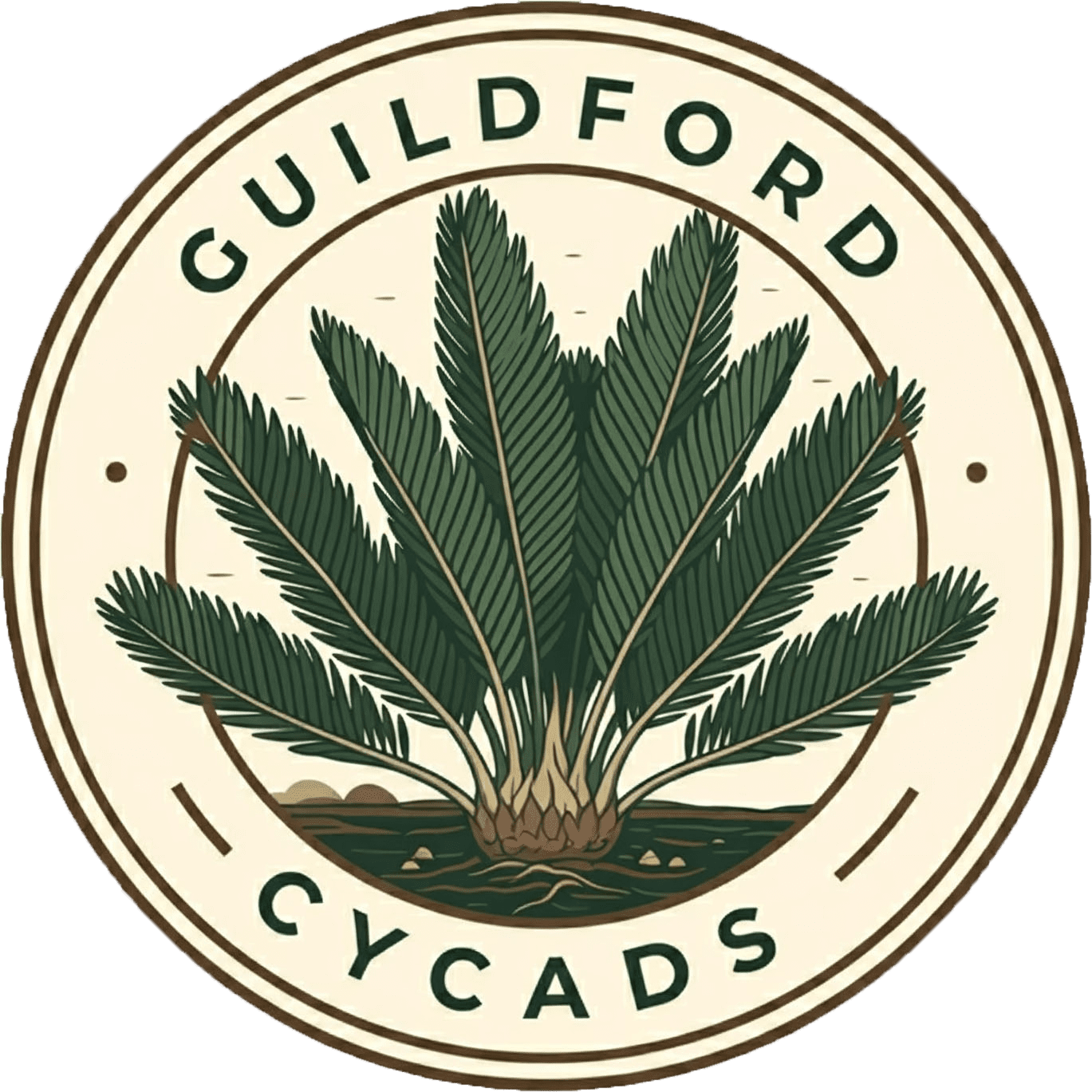December 4, 2024 – AquaFarm, the international trade fair and convention dedicated to aquaculture and the sustainable fishing industry, is approaching its eighth edition, confirming its unique position in the panorama of events dedicated to agri-food innovation. Th date is February 12-13, 2025, at Pordenone Fiere.
AquaFarm 2025 brings together the entire aquaculture, shellfish, algae and sustainable fishing value chain, with over 130 leading companies involved. With more than 30 conferences and 200 international speakers, the AquaFarm program offers events, workshops and insights into innovations, sustainable practices and emerging trends. AquaFarm represents a unique moment to create strategic relationships and to contribute to redesigning a sustainable future of food.
Overview of the global farming market
In the meantime, important news on the sector is arriving: the new edition of the authoritative FAO report, The State of World Fisheries and Aquaculture, records the historic overtaking of farming over fishing in terms of fish species with 51% of the total corresponding to 94.4 million tonnes (latest certified data for 2022). 62.6% of production takes place with land-based farms, the remainder in coastal waters. There are approximately 730 farmed species, although 60% is represented by just 17 varieties. Growth rate compared to 2020 was 7.6%, more than half of which was concentrated in fish, followed by crustaceans and molluscs.
89% of global aquatic fauna production was intended for direct human consumption, while the remainder was used for other purposes, most of the production of fish feed and oil. The share of production destined for food continues to grow, also thanks to an increased use of waste and by-products from processing. For example, 34% of fish feed and 53% of oil in 2022 came from waste and by-products.
Human consumption was 20.7kg per capita worldwide. Fish products provide high-quality proteins, 15% of animal proteins consumed and 6% of total proteins worldwide, as well as providing crucial nutrients such as Omega-3, minerals and vitamins. The role of aquaculture is increasingly crucial to ensuring healthy and nutritious food for the world population. While fishing has fluctuated between 86 and 94 million tonnes per year since the 1980s, the demand for fish has grown at twice the rate of population since 1961. In 1961, per capita consumption was 91kg. According to FAO forecasts, per capita consumption will grow to 21.3kg by 2032, with total production of 205 million tonnes, with 111 million coming from aquaculture and 94 million, substantially stable, from fishing. In 2022, the share of fish caught in areas where natural replacement of captured individuals is taking place fell by 2.3 points, to 62.3%.
In many low-income countries, fish species are the main source of noble proteins, and for 3.2 billion people, fish products represent at least 20% of the noble proteins consumed. Today, for these people, the majority of fish products come from small-scale fishing activities, which represent 40% of the total catches but 90% of the workers employed, 40% of whom are women. Given the stagnation of catches, the socioeconomic role will have to be taken by small farms, which are the focus of many FAO activities in recent years, which have been hosted at AquaFarm in previous editions.
In Italy
In this context, Italian production, detected by the Italian Fish Farmers Association, fits in with a turnover in 2023 of 400 million euros, excluding shellfish. The most farmed species is trout, with 30,000 tonnes and 280 million embryonated eggs, followed by sea bream and sea bass with 17,000 tonnes. Italy also produces 160 million fry of valuable marine species. For several years, Italy has been the world’s second largest producer of sturgeon caviar with 65 tonnes of eggs, after China. From a socioeconomic point of view, fish farming takes place in Italy in 800 production sites, 60% concentrated in the North, 15% in Central Italy and 25% in the South, where more than 25 species are farmed.
This ecosystem of companies of all sizes converges every year at AquaFarm to meet, discuss hot and emerging topics in the sector, discuss new opportunities and discover the latest in research, regulations and the market. The conference programme offers numerous opportunities for discussion and updating, alongside the exhibition area. This year there will be two pavilions, with three specially designed conference rooms. The aim is to improve on last year’s positive result also in terms of participation in conference session and research and company workshops.
For more information, visit HERE.
The Aquaculturists
